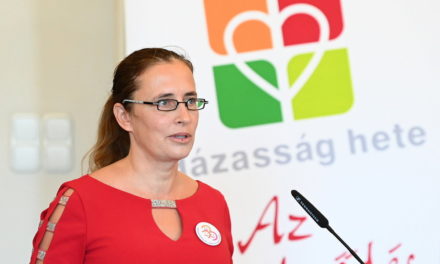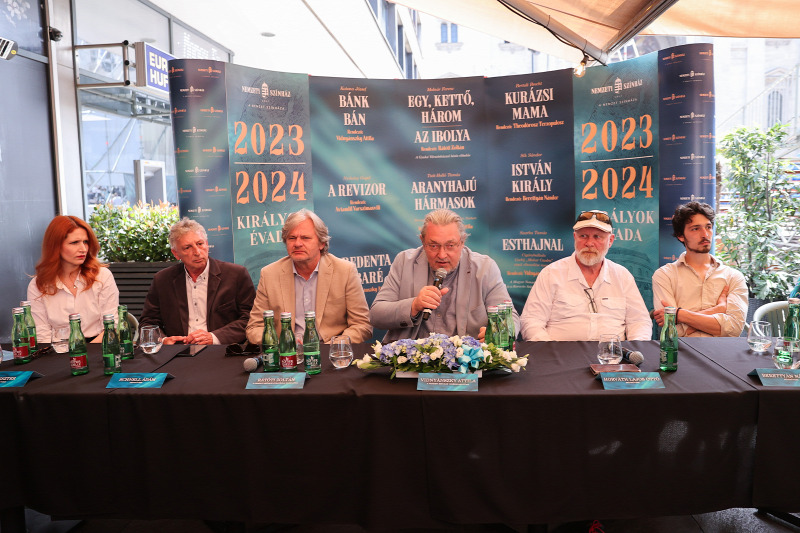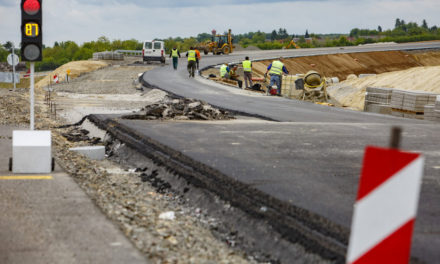In the framework of the National Castle Program and the National Castle Program, the ceremonial opening of the project called "Development of the Sándor-Metternich Castle complex and its park in Bajna for tourism purposes" was held on December 10. The amount of the European Union subsidy was HUF 1,723,500,000, and the domestic subsidy was HUF 557,161,348. The project was realized with a total of HUF 2,280,661,348 between 2018 and 2021, said Tamás Glázer, managing director of the NÖF National Heritage Protection Development Nonprofit Kft.
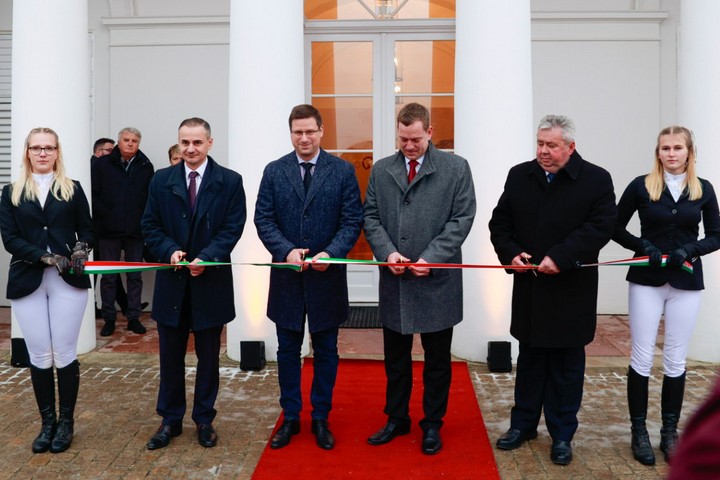
The official opening was attended by Gergely Gulyás, Head of the Prime Minister's Office (b3), Zsolt Virág, Ministerial Commissioner of the National Castle Program and National Castle Program (b2), Tibor Pallagi, Mayor of Bajna (b5), and hosted by Tamás Glázer, NÖF National Heritage Preservation Development Nonprofit Kft. managing director (b4)
Photo: NÖF
In the framework of the National Castle Program and the National Castle Program, in the coordination of the NÖF National Heritage Development Nonprofit Kft., a total of 60 billion forints will be used to restore Hungary's important historical sites to their former beauty. Within the framework of the program, the preservation of the built heritage values and the authentic presentation of the monuments are realized at the same time.
In the first phase of the National Castle Program and National Castle Program, 30 monuments - 18 castles and 12 castles - will be renovated, not only regaining their old beauty, but also enriched with new functions, in order to meet today's tourism needs in a manner worthy of their endowments.
The purpose of the development in Bajna was to renovate the Sándor-Metternich castle complex and present it to visitors in its original state. Keeping in mind the economical and targeted use of resources, this project targeted the monumental values of special importance. The development area covers both levels of the main building, where baroque or classicist decorative wall paintings created by renowned foreign masters can be found in all rooms. The business areas were established in the southeast wing of the steward's yard, the main building of the castle and the ornamental garden surrounded by the side wings were also renewed, as was the castle park.
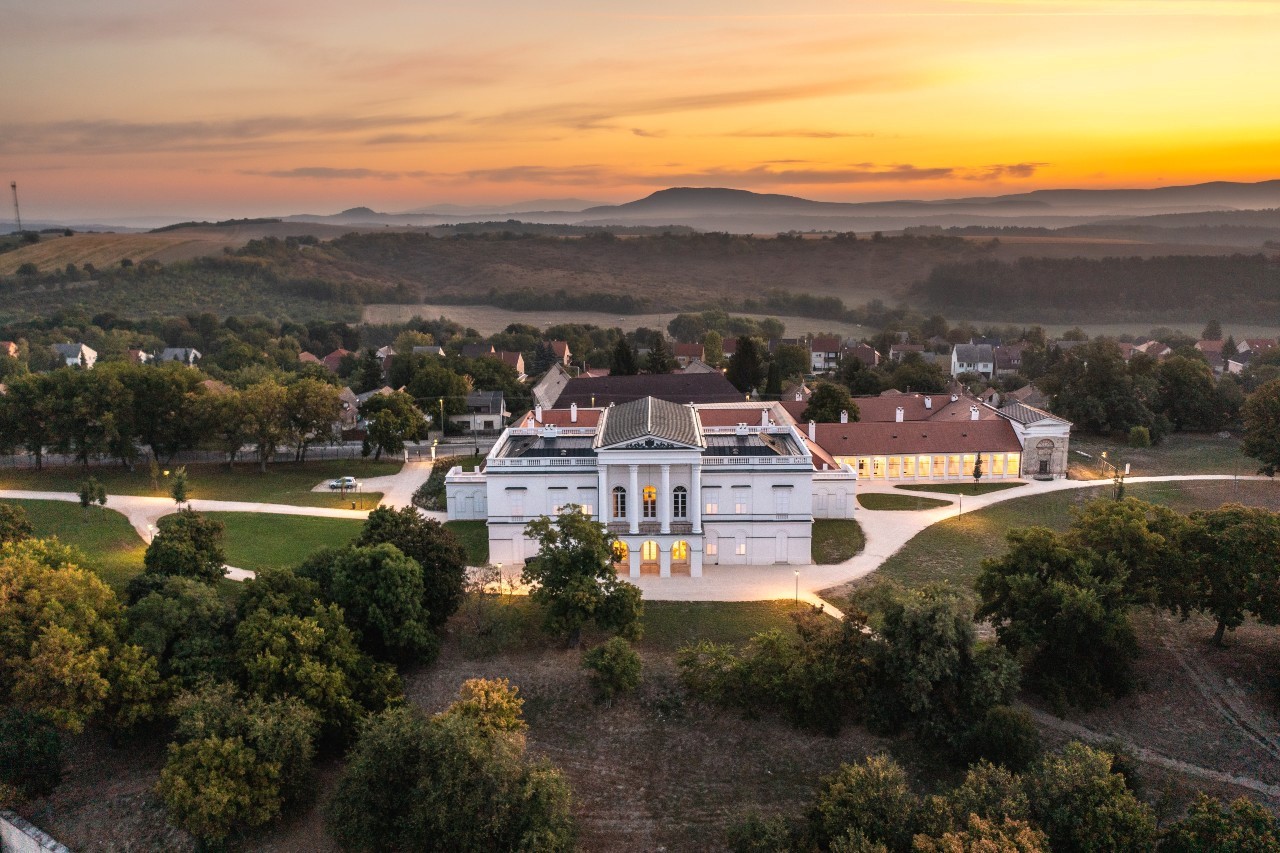
Photo: NÖF
The works aimed at presenting the former aristocratic residence built in baroque and then classicist style, built on medieval foundations, were carried out with outstanding care and high quality. During the construction work of the main building, the doors and windows were renewed, the interiors and floors were restored, but the mechanical and electrical systems were also renewed. In our country and in Europe, special baroque-classicist wall paintings and ceiling frescoes have been restored and presented in some parts. One of the interesting features of the development is that the ceiling mural ensemble designed by Sanquirico of unparalleled beauty has been returned to the Raffaello room upstairs. After nearly 40 years of careful preservation, the sumptuous painting was reborn and returned to its original place.

Photo: NÖF
The renovated castle chapel can now be visited on the ground floor of the main building, and the cafe and gift shop are located in a hall rich in baroque mural details. Water blocks and other service rooms were created in the side wing. Thanks to its proximity to Budapest, the castle and its park will also function as an excellent venue for events.
In the framework of the exhibition, visitors can gain an insight into the history of the castle on the ground floor, as it housed notable members of the Sándor-Metternich family in its 19th-century splendor, but a spectacular exhibition element is also the presentation of the building's post-war era.
The two wings of the rooms upstairs present the decisive events of the life of Count Móric and his daughter, highlighting horse sports, hunting and the fashion world of the time.
According to legends, the former owner of the castle in Bajna, Count Móric Sándor, the fearless "Devil Rider", jumped off the balcony of his own castle and often rode a horse inside the building. His adventures were documented in several pictures by his constant companion and court painter, Johann Gottlieb Prestel. He also met his wife, the daughter of the powerful chancellor Metternich, by jumping over Leontine's swing on the stairs leading to the Alexander Palace. She fell in love with him immediately. The count asked her to marry him and spared no expense in rebuilding the castle in Bajna so that it could receive the chancellor's daughter with proper splendor. Architect József Hild prepared the plans for the classicist-style reconstruction and the extension, and Alessandro Sanquirico, the set designer of Milan's Scala, was commissioned to decorate the interior rooms.
the full report on the handover in Magyar Hírlap .
Featured image: WOMAN


